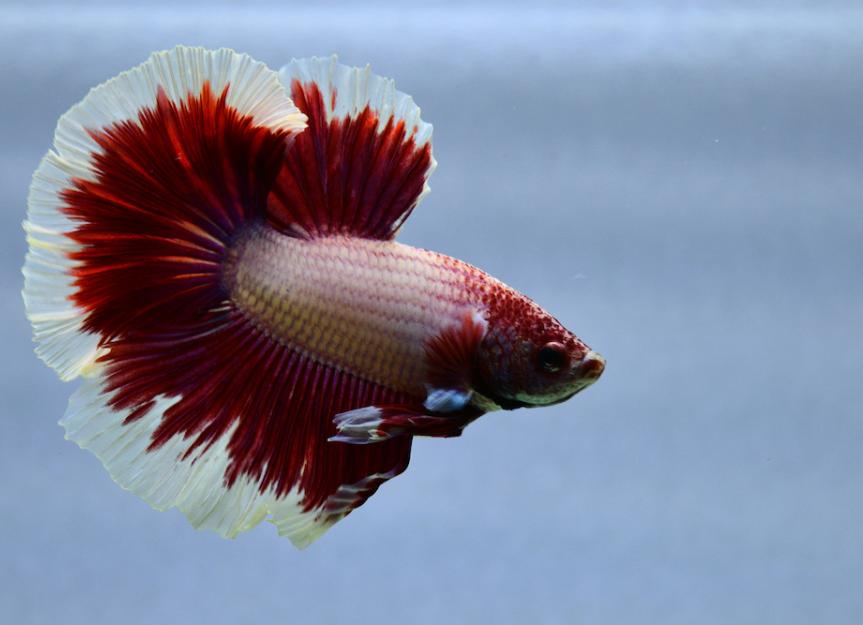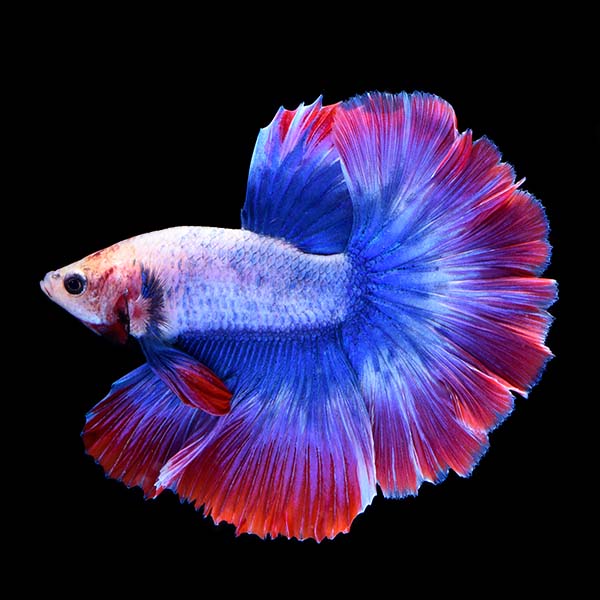How to Breed Betta Fish Efficiently: Specialist Methods and Insights for Hobbyists Looking to Increase Their Betta Collection
Reproducing Betta fish requires a nuanced understanding of genes and environmental problems, making it vital for hobbyists to come close to the process with both persistance and care. Developing an optimum breeding environment, choosing the best sets, and observing the ins and outs of their courtship behaviors are fundamental steps that can significantly influence the result. The subsequent care of the fry is important for guaranteeing their healthy development. As we check out these key elements, it comes to be clear that successful reproduction is not almost the preliminary pairing yet encompasses a more comprehensive approach that advantages careful consideration.
Comprehending Betta Fish Genes
Understanding the genes of Betta fish is crucial for successful breeding, as it influences traits such as color, fin form, and habits. Betta fish display a diverse array of colors and patterns, greatly established by their hereditary make-up.
Along with coloration, fin morphology is another significant aspect of Betta genes (betta fish). The sizes and shape of fins are influenced by various genetics, consisting of those that figure out whether the fins are short, long, or veil-shaped. Recognizing these hereditary variations helps dog breeders forecast the phenotypic end results of their spawn
Additionally, behavioral traits such as aggression and territoriality can likewise be influenced by genes. These habits play an important duty in the reproducing process, as they can affect generating success and the general personality of the resulting fry. By comprehensively comprehending these genetic concepts, breeders can make enlightened decisions, ultimately boosting their breeding programs and attaining preferable results.
Preparing the Reproduction Environment
Producing an ideal breeding environment is essential for the successful reproduction of Betta fish. The initial step in preparing this environment is to choose an ideal breeding tank, preferably varying from 5 to 10 gallons.
Next, take into consideration making use of a sponge filter or an air rock to give gentle water flow without producing solid currents that can emphasize the fish. It is important to mount plants or reproducing cones to offer hiding spots and promote comfort for the woman throughout the spawning procedure. Drifting plants, such as Java moss or water sprite, can additionally develop an extra natural surroundings while assisting in bubble nest structure by the man.
Prior to presenting the reproducing sets, ensure the water is conditioned and devoid of damaging chemicals, such as chlorine or heavy metals. betta fish. Regular water adjustments need to be carried out to preserve optimal water top quality, improving the chances of effective reproduction. With these prep work in place, the breeding environment will certainly sustain the health and well-being of both Betta fish
Selecting Breeding Pairs
Picking the ideal breeding sets is essential for achieving effective Betta fish reproduction. Healthy and balanced Betta fish display vibrant shades, clear eyes, and active behavior.
Personality is an additional essential factor to consider, as Betta fish are understood for their aggressive nature. It is a good idea to choose a man and woman that exhibit suitable temperaments to decrease tension throughout the reproducing process. A calm man can motivate a smoother courtship, while a woman that is too aggressive might interfere with the process.
Hereditary history likewise plays a substantial role in the top quality of the offspring. Reproducing fish that are genetically diverse can reduce the danger of genetic health and wellness concerns and enhance the general vitality of the fry. It is helpful to investigate the lineage of both the male and woman, concentrating on desirable qualities such as fin kind, color patterns, and size.
The Reproduction Refine
The breeding process of Betta fish needs mindful planning and interest to detail to guarantee a successful outcome. It is essential to prepare a suitable reproduction tank, preferably a 5-10 gallon fish tank with a temperature maintained at 78-80 ° F. The storage tank needs to be outfitted with a heating unit, filter (preferably sponge type to prevent strong currents), and lots of marine plants for the woman to conceal.
When the environment is established, present the picked reproducing set to the storage tank, allowing them to acclimate. Observe their habits; the male will certainly show betta fish elaborate courtship page routines, including flaring his fins and building a bubble nest. If the lady shows passion, she will certainly show upright stripes suggesting preparedness for spawning.
When the lady is receptive, the pair will certainly involve in a mating embrace, throughout which the male fertilizes the eggs. Preserving ideal water conditions throughout this period is important for the growth of healthy and balanced Betta fry.
Caring for Betta Fry

Feeding Betta fry is crucial, as they require a diet plan high in healthy protein. They can be fed infusoria or liquid fry food, transitioning to finely crushed top notch pellets as they expand. Feed tiny portions multiple times a day to urge healthy growth check it out without overloading the container with uneaten food.

As they develop, monitor their development closely and separate any hostile individuals to protect against damage. By providing a supporting environment and appropriate nourishment, hobbyists can efficiently raise Betta fry right into vivid, healthy and balanced fish, inevitably improving their reproduction endeavors.
Verdict
Successful Betta fish reproduction calls for meticulous interest to hereditary selection, ecological problems, and take care of the fry. By recognizing the genetics of Betta fish and preparing an ideal breeding atmosphere, enthusiasts can improve the opportunities of producing lively, healthy and balanced offspring. Choosing suitable breeding pairs and carefully keeping track of the courtship and generating procedures are vital. Ultimately, providing optimal care for the fry guarantees their healthy advancement, adding to a thriving Betta collection.